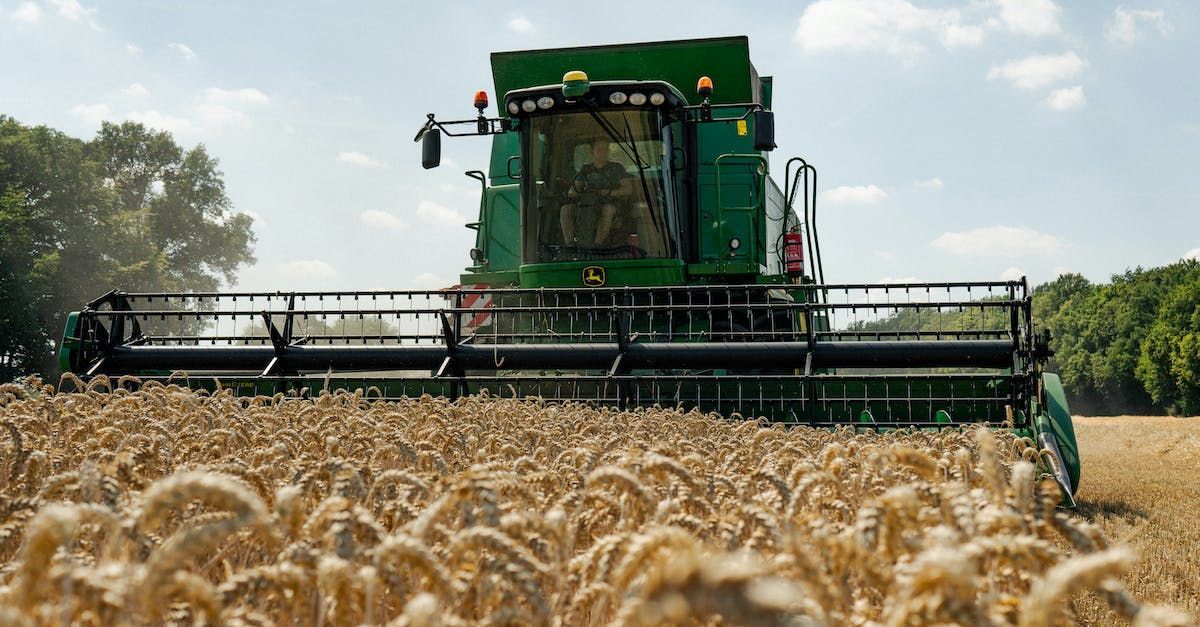20 Years Imprisonment and a $5,000,000 fine!: Industrial Manslaughter and You
April 19, 2023
Author name
Significant changes to Western Australia’s Work Health and Safety laws were passed in November 2020. Although not yet operational *
the changes are coming and every business owner needs to be prepared.
But what does this mean for your family, business and farm? and why is the term “Industrial Manslaughter” getting thrown around?
The Work Health and Safety Bill
In 2011, Safe Work Australia developed a single set of WHS laws to be implemented across Australia, known as the ‘Model‘ Laws. For these Model laws to become binding the Commonwealth, States and Territories must separately implement them as their own laws.
Western Australia has two work safety law regimes, the Occupational Safety and Health Act 1984 (the OSH Act) and the Mines Safety and Inspection Act 1994 (the MSI Act).
The Work Health & Safety Bill 2019 (WA) (the Bill) brings these laws together whilst adopting much of the Model Work Health and Safety laws. The objectives of the Bill is said to provide a balanced and nationally consistent framework to protect the health and safety of workers, improve safety outcomes in workplaces, reduce compliance costs for businesses and to improve efficiency for regulatory agencies.
The Bill also includes other key reforms, such as a prohibition of insurance against fines imposed for a work health and safety offence as well as the introduction of a charge of industrial manslaughter.
Industrial Manslaughter
Previously, the term “industrial accident” was commonly used to describe an incident resulting in death at the workplace. However, this term implied no causality and no culpability, something that, while significant and terrible, indicated no error or reasonability to be assigned.
The government recognises that workplace injuries and deaths are mostly caused by, but not limited to, a combination of factors, including poor system design, bad behaviour as well as poor and improper choices.
The proposed industrial manslaughter laws are split into two different categories, one being a “crime” and the other a “simple offense”. The table below highlights some of the main points and differences.
An offence under the MSI Act and the OSH Act which resulted in a death of an employee would draw a fine of up to $500, 000.
There are few important things to note from the Bill:
1. More than one person can concurrently have the same duty.
2. The duties that apply cover persons conducting businesses or undertakings, officers as well as workers and any person at the workplace.
3. The duties appear quite loosely defined, such as, a duty to take reasonable care that a person’s actions do not adversely affect the health and safety of another person. Neither “reasonable care” nor “adversely affect” is clearly defined, which means it could be open to a number of different interpretations.
4. The test for whether or not a simple offence has been committed involving death at a workplace is simply whether or not a person had a health and safety duty and whether or not the person has failed to comply with that duty. Any knowledge or any mental element is not necessary for the evidentiary threshold to be passed.
Differences compared to Other Jurisdictions
While one of the intentions of the new laws is to bring harmony to work health and safety laws used throughout Australia, the reality is different. For example, in the Northern Territory, the maximum penalty for the offense of Industrial Manslaughter is life imprisonment and $10,205,000 while in Victoria, the maximum fine for a body corporate will be $16,522,000 once its proposed laws come into effect on 1 July 2020.
Additionally, as mentioned above, the Bill provides that an offence will have been committed if an individual, or organisation, has a health and safety duty and simply fails to comply with that duty and subsequently causes the death of an individual.
While jurisdictions like Victoria have proposed laws that consider conduct as negligent only if it involves “a great falling short of the standard of care”, the Bill does not provide for the degree of the failure to comply with a person’s duty before it becomes an offence, just that the duty wasn’t complied with.
One of the health and safety duties imposed on a person with “management or control of a workplace” is to ensure that the means of entering and exiting a workplace and anything arises from the workplace are without risk to health and safety of any person. This appears to set the bar relatively low when it comes to establishing whether or not there is a duty that can be breached. With no definition as to what properly constitutes a failure to comply with that duty, we may be seeing a claim of industrial manslaughter for any cause of death at a workplace.
Where to next with your work health and safety measures?
No two work environments are alike and, after considering all the variable factors and different management styles of different organisations, very few are even similar. Given the potential seriousness of these charges it is essential that every agribusiness from the local farmer to CBH reviews, updates and implements clear safety practices, policies and equipment. Documentation and Inductions will be essential to protect your business and yourself.
*At the time of printing this article the legislation was not operational. Please contact us for an update on this matter.
Disclaimer: This information is of a general nature only and is not intended to be a substitute for specific legal advice. It is recommended that these matters be discussed with your lawyer.

The International Sustainability and Carbon Certification (ISCC) System has come to the attention of many Western Australian farmers recently, as the scheme has changed one of its policies regarding aerial spraying. What is the ISCC? The ISCC is one of the world’s largest voluntary sustainability certification schemes enabling participants to demonstrate they are producing materials in a sustainable way that meets or exceeds community expectations. In Australia it is widely used in the canola industry, enabling Australian canola growers to access the European biofuel market. CBH Marketing and Trading holds certification for the ISCC EU and ISCC PLUS programs, that cover canola, barley, oats, wheat and lupin, allowing WA growers to participate in both programs. Participating in the ISCC program can result in a premium on grain, however participants are subject to more stringent measures to satisfy sustainability accreditation requirements. Recent decision on aerial spraying ISCC Principle 2.6.2 prevents aerial spraying from taking place within 500 metres of a body of water. CBH has successfully lobbied for an exemption to this Principle, for farm dams and salt lakes of low ecological value. As part of its lobbying, CBH provided expert reports to the ISCC on the hydrology and ecology of WA farm systems. For farmers who are signed up to the ISCC program, this removes an obstacle during the season for weed management. The Principle does still require a 500 metre buffer for other bodies of water, including freshwater lakes, rivers, ponds or creeks. However, for those who farm yabbies and marron, this change may not be welcome. Marron and yabby farmers have noticed impacts on their populations where aerial spraying has taken place close to their properties, and aerial spraying can unintentionally damage natural vegetation, including young and old growth trees. For growers, it’s always prudent to follow best practice guidelines for aerial spraying to avoid spray drift – including monitoring weather conditions and the effect of water added to the chemical. For some farmers, this decision may prompt an examination of whether signing up to the ISCC program might be best for their business. In this circumstance, it is important to weigh up the potential benefits of the program compared to the sustainability accreditation requirements. For others, this decision is a timely reminder to stay up to date with best practice guidelines when it comes to spraying, particularly during the seeding season. For assistance with all of your agribusiness needs, contact Bailiwick Legal on 08 9321 5451 or email office@bailiwicklegal.com.au By Ciara Nalty (Solicitor) For further information about our legal services, please visit our website: https://www.bailiwicklegal.com.au The above information is a summary and overview of the matters discussed. This publication does not constitute legal advice and you should seek legal or other professional advice before acting or relying on any of the content.

How does the Annual Wage Review affect workers and small business owners? Each year, the Fair Work Commission reviews the National Minimum Wage and the minimum wages set out in awards. Cost of living and inflation are front of mind for both employers and employees, and this year’s Annual Wage Review is likely to see an increase in the minimum wage and award rates. The Annual Wage Review is conducted by an Expert Panel, which takes submissions from interested groups, including the Federal Government, unions, and business lobby groups. The Federal Government’s submission to the Wage Review this year called for an increase to the minimum wage, though not specifying an amount. The Australian Chamber of Commerce and Industry has advocated for an increase of 2 per cent, at most. The announcement will likely take place in early June and any increase to the national minimum wage will take effect in the first full pay period on or after 1 July 2024. Failure to pay employees at least the minimum rate that is set out in an applicable award can result in penalties, including requirements for back pay and fines. The Fair Work Ombudsman uses its enforcement powers to issue compliance notices to employers, and recovered $14.8 million in unpaid wages in 2022-23. Small and medium businesses are subject to the same scrutiny as large businesses. For business owners, this is a timely reminder to review employment agreements and payments to staff. You should be conscious of which awards cover your staff members, as award rates for each level increase commensurate with the national minimum wage increase. It is also important to be aware of employee entitlements and set-offs, to ensure you are paying employees what they’re entitled to and avoiding future claims. If you are not sure what award your employee is covered by, have a question about employment conditions or require any other assistance with employment and workplace matters contact Bailiwick Legal on 08 9321 5451 or email office@bailiwicklegal.com.au . By Ciara Nalty (Solicitor) For further information about our legal services, please visit our website: https://www.bailiwicklegal.com.au The above information is a summary and overview of the matters discussed. This publication does not constitute legal advice and you should seek legal or other professional advice before acting or relying on any of the content.












